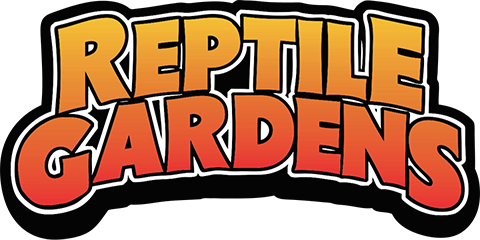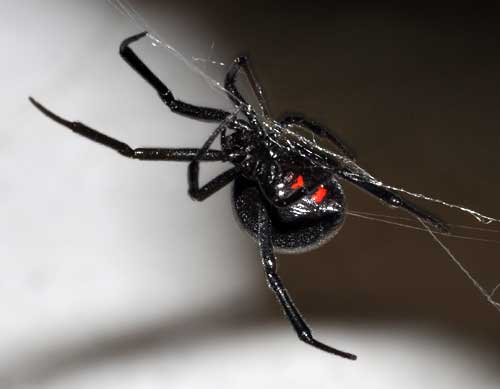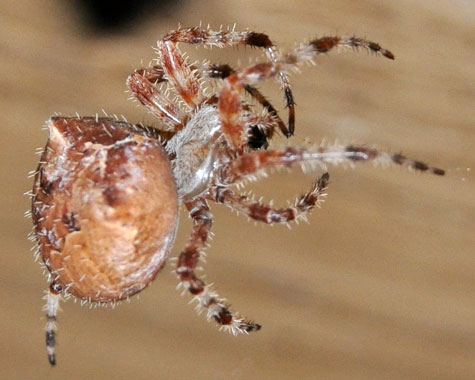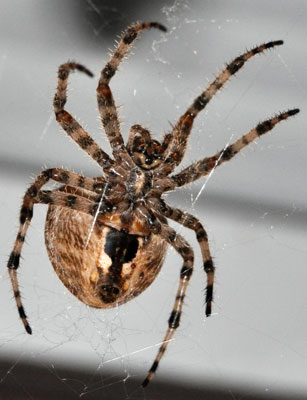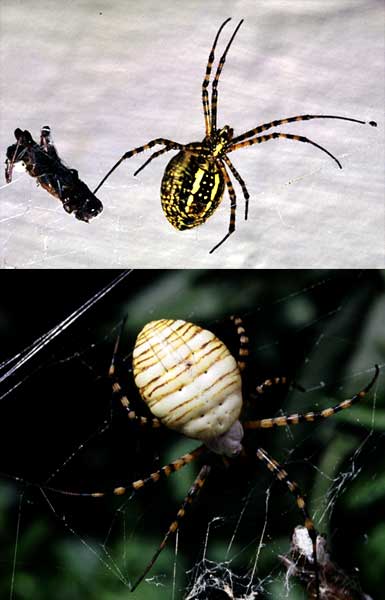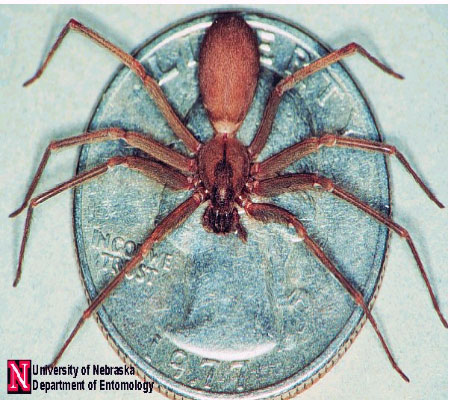It is Spider Season! Black Widows and their Friends.
As warm weather approaches, we start getting calls about spiders and odd bugs people find in their garages, storage sheds, yards, and houses. The most common calls we get are in regard to spiders, especially black widows, brown recluse and a mysterious GIANT! spider that seems to strike fear in all who see one. The latter would be the common wolf spider.
Out of the tens of thousands of spiders in the world, only a few are dangerous to humans. The most common dangerously venomous spiders in the US are the Black Widow, the Brown Recluse, and the Hobo spider - and they rarely bite people. Far more people die each year of bee and wasp stings that from spider bites. And by the way, it is just a myth that the common daddy longlegs spider is extremely deadly - there is no scientific evidence to back up this fanciful tale.
One common spider in our area that you need NOT be overly concerned with is the aforementioned Wolf Spider. These large, furry spiders come in a wide variety of colors and do get quite large. They are not really tarantula sized but may look that way if you happen upon one in your house. They rarely bite and their bites are not normally life-threatening but can cause adverse reactions, like pain, redness, and swelling, in some people.
Once things warm up one of the most common larger spiders in our area is the orb weaver. This is a big family of spiders. Orb weavers come in many shapes and sizes and are relatively harmless to humans. The orb weaver most commonly seen around here is brown, tan, or light rust color, is about the size of a dime, and has a large bulbous abdomen with little points on it. Their spiral-shaped webs are often seen along the eaves of houses and around porch lights where their prey, insects, are drawn.
Another very different form of orb weaver is what is called the garden spider or black-and-yellow argiope. These big spiders weave beautiful and large, classic-looking webs with heavy zig-zags running up and down the center which act as stabilizers. They are called garden spiders as you most often see them in the garden, between bushes, or in tall weeds where there is enough room for their big webs and where insects are common.
Although not native to our area, there have been local accounts of Brown Recluse spiders - possible bites from them have been treated at our local hospital. In our mobile society, these may have been stowaways when people move to this area from regions where the recluse is common. It is not known if there are any stable populations here at this time. This is a relatively small and delicate-looking spider. They are also called fiddle-back spiders due to the violin-shaped pattern on their backs.
For the most part, the only spider we need to be concerned with in our area is the Black Widow. There are 5 varieties of Black Widows in the US and Canada with various types of markings. But, the most obvious identifier is the large, shiny, black, round abdomen with a red (or sometimes yellow) hourglass on the underside. Young Black Widows are brown with cream-colored markings on the abdomen. This spider gets its name because the female reputedly has the habit of eating the male after mating if he doesn't run away quickly enough. The male is much smaller - too small to inflict a dangerous bite to humans.
Black Widows are common in our area but stay hidden most of the time. They frequent basements, garages, sheds, trash piles, and outhouses; just about any quiet dark corner will do. They may also find their way into clothing and shoes making it a good idea to look before 'slipping into something more comfortable.'
The female spins an irregular shaped, strong, and very sticky web, then spends most of her time hanging upside-down waiting for unsuspecting insects to drop by for dinner. A Black Widow will do her best to stay hidden in a remote corner of her web. If bothered, she will try to run away. Biting is only a last resort if she cannot escape.
Because of her toxic venom, the bite of a Black Widow can be very dangerous to humans and animals. Within minutes of being bitten the most notable symptom of a Black Widow bite begins, extreme pain develops around the bite. This pain builds rapidly in intensity in the 30 minutes following the bite. Other symptoms develop as the powerful venom begins to work on the nervous system. None of these are much fun either: nausea, vomiting, dizziness, and fainting are accompanied by an increase in salivation, watering of the eyes, and profuse sweating.
If the bite remains untreated, speech may be affected, breathing becomes difficult, and the jaw muscles go into spasms, which distort the face into a pain-racked grimace. Muscles all over the body go rigid, especially those in the midsection, which may pull so tightly doctors have incorrectly diagnosed a spider bite as appendicitis or ulcer. Youngsters and older people are, of course, most at risk.
Fortunately there is an antivenom for a Black Widow bite. Once administered, the antivenom usually works quickly to neutralize the venom. Research has shown that the venom of the Black Widow is 15 times more potent than rattlesnake venom. No one is certain why such a little spider needs such potent venom to survive. Yet another example of Nature's overkill I guess.
And those reptile guys keep telling me I just take care of the "harmless animals."
Kathy Maguire
Curator of Amphibians and Invertebrates
